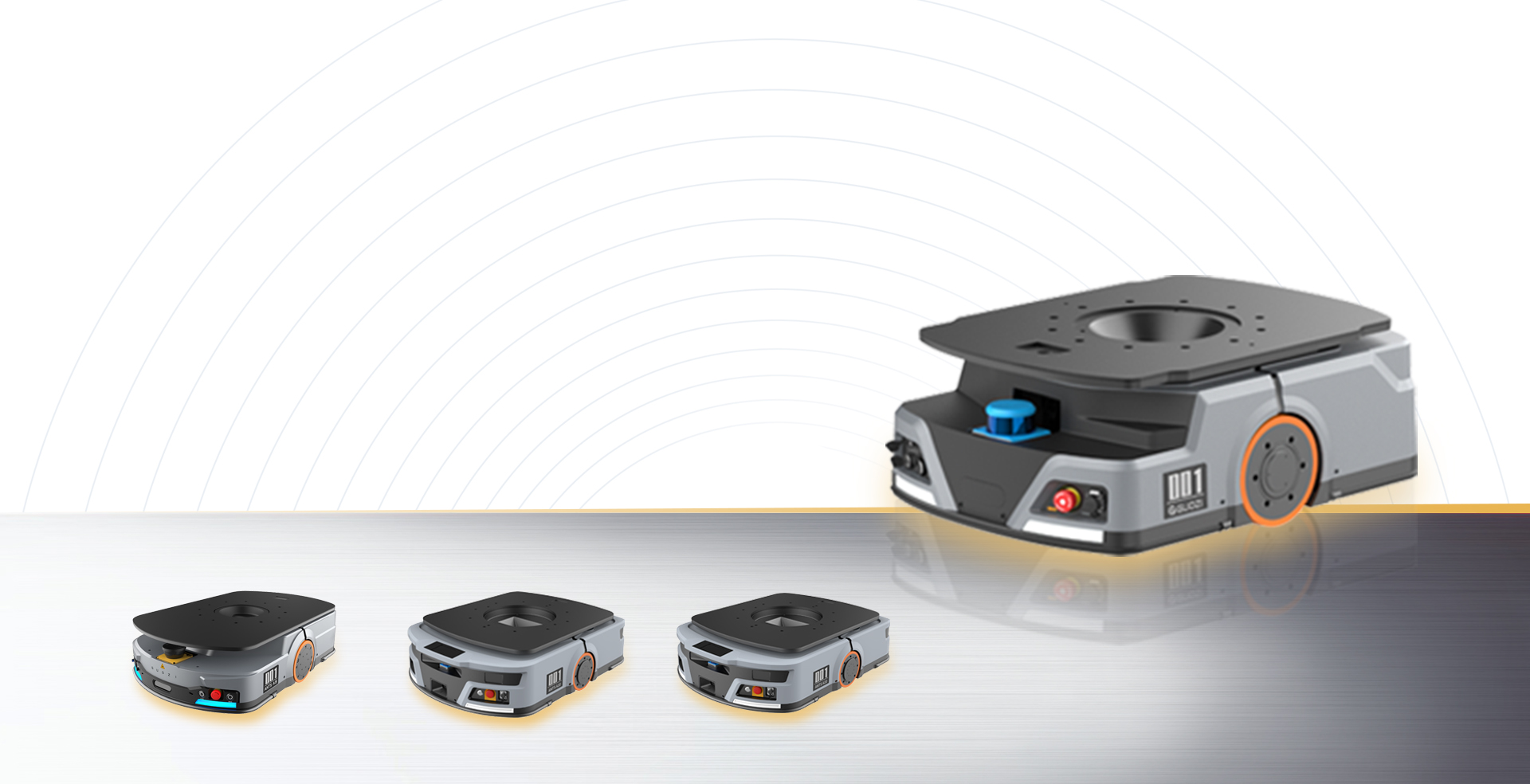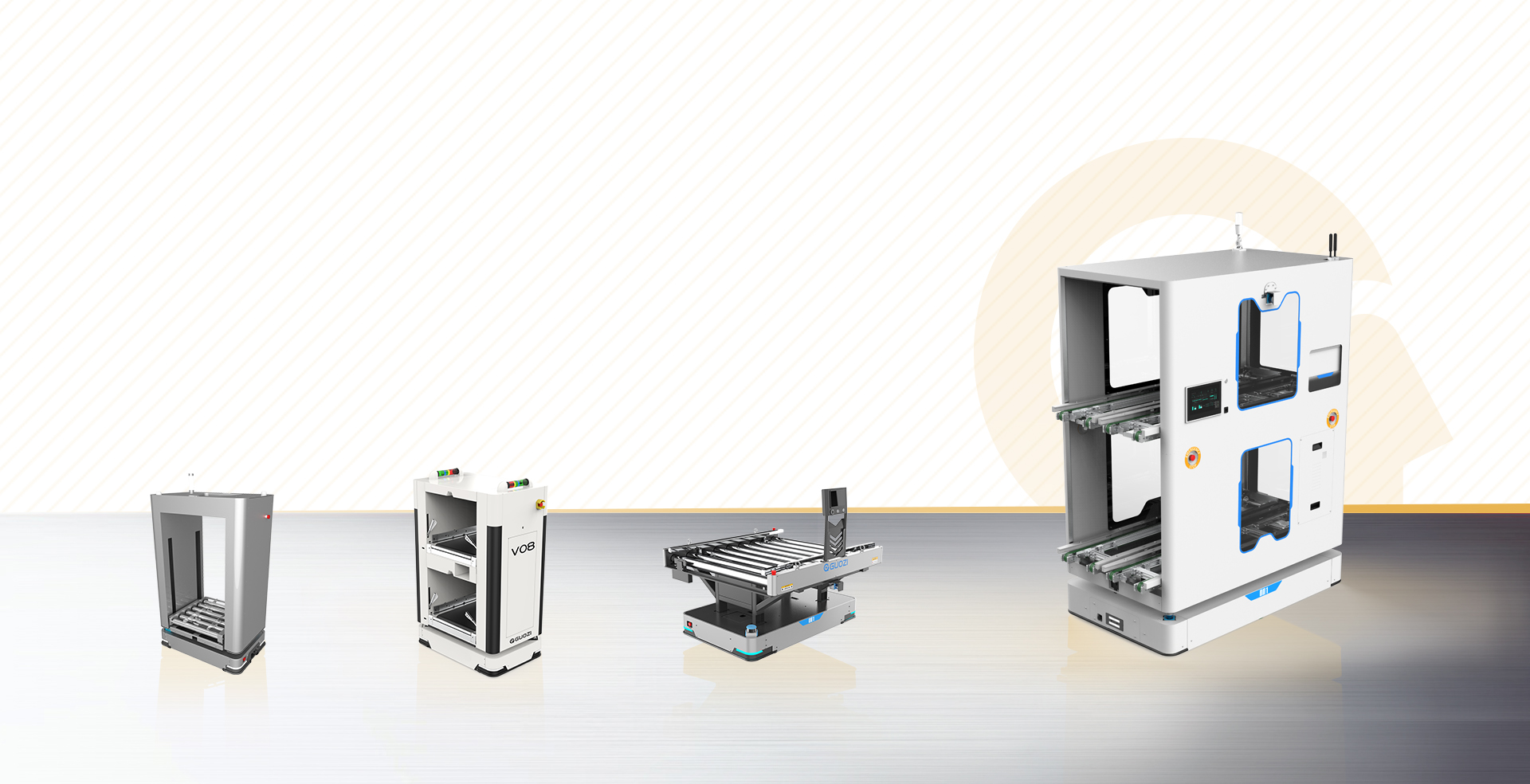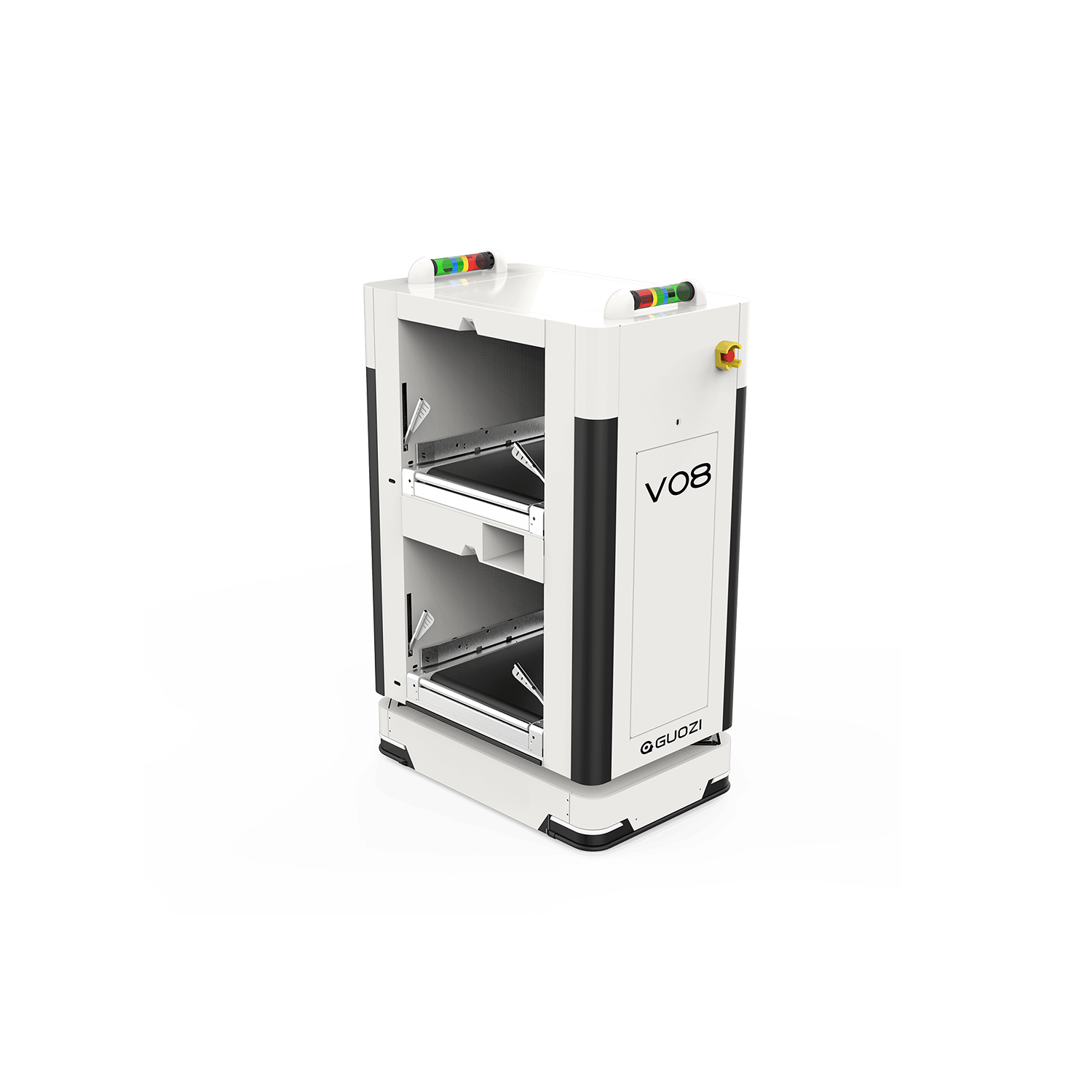With the rapid development of global e-commerce and the deepening of industrial automation, there is a growing demand for the handling of heavy items. Against this background, the application of robotics in logistics has received increasing attention. In this paper, we will explore innovative solutions of robotics in heavy item handling and analyze the challenges it faces.
Robotics Application of robotics in heavy goods handling
1. Intelligent warehousing and handling robots
Intelligent warehousing and handling robots are automated handling equipments designed for heavy goods, and they are usually characterized by the following features:
(1) Powerful and robust, and can be used to handle a wide range of goods. 33}}(1) Strong carrying capacity: capable of handling goods weighing several tons.
(2) Accurate positioning system: using laser navigation, visual recognition and other technologies to achieve accurate positioning of goods.
(3) Autonomous planning path: the robot can autonomously plan the optimal handling path according to the warehouse environment and task requirements.
(4) Human-computer interaction: through the touch screen or voice commands, the operator can interact with the robot and give handling instructions.
2. Automated port handling robots
Ports are an important place for the handling of heavy items, and the application of automated port handling robots greatly improves the operational efficiency of ports:
(1) Container stacking robot: able to quickly and accurately stack and handle containers.
(2) Driverless transport vehicles: horizontal transportation of goods within the port, reducing reliance on human labor.
(3) Intelligent cranes: traditional cranes modified by robotics to realize remote control and automated operations.
3. Industrial production line handling robots
In heavy industries such as automotive and aerospace, the handling of heavy parts on the production line is another application scenario for robotics:
(1) Heavy parts Assembly robots: used for the assembly and handling of large parts such as automobile engines and airplane fuselages.
(2) Adaptive handling robots: capable of automatically adjusting handling strategies according to parts of different shapes and sizes.
Challenges of robotics in heavy item handling
1. Technical challenges
(1) Precise control: heavy item handling requires robots to be extremely precise and stable, which poses a challenge to the control system design challenges.
(2) Energy endurance: heavy item handling robots usually consume large amounts of power, and how to extend the battery endurance is a major challenge.
2. Safety Issues
(1) Human-Robot Collaboration Safety: In an environment where robots and humans are working together, how to ensure the safety of the personnel is a primary concern.
(2) Equipment failure response: how to ensure the safety of goods in the handling process when the robot fails.
3. Cost issues
(1) Initial investment: the development and manufacturing costs of heavy item handling robots are high, and it is a considerable investment for companies.
(2) Maintenance costs: robots require regular maintenance and upkeep, and maintenance costs are also a factor for companies to consider.
Outlook
Despite the many challenges faced by robotics in heavy item handling, the benefits and potential it offers are enormous. With the continuous progress of technology, future robots will be more intelligent, efficient and safe, and will be able to better serve logistics, ports, industrial production and other fields. Enterprises and research institutes should increase R&D investment in robotics technology to promote continuous innovation and improvement of heavy item handling solutions.
The application of robotics in heavy item handling is gradually changing the traditional logistics model, improving operational efficiency and reducing operational costs. In the face of challenges, all parties need to work together to promote the development of robotics and provide better solutions for heavy item handling.








